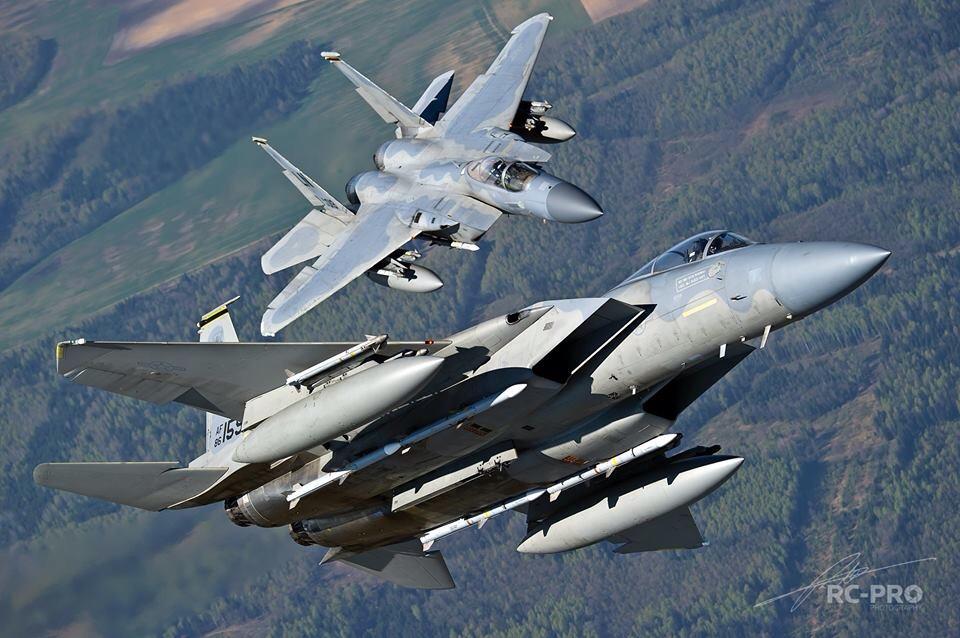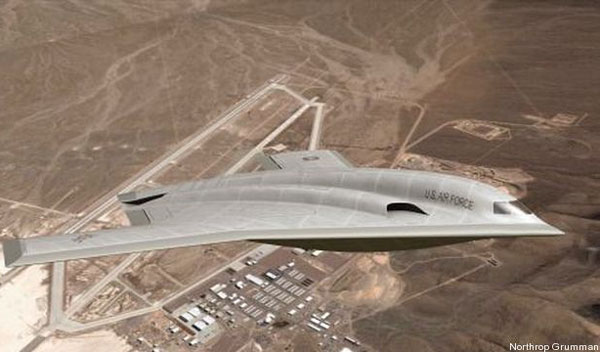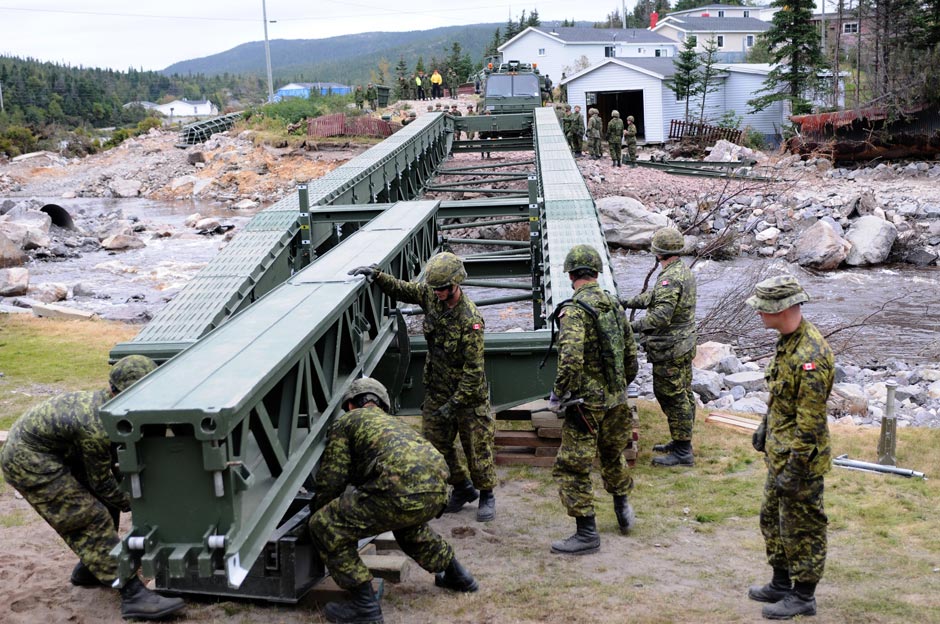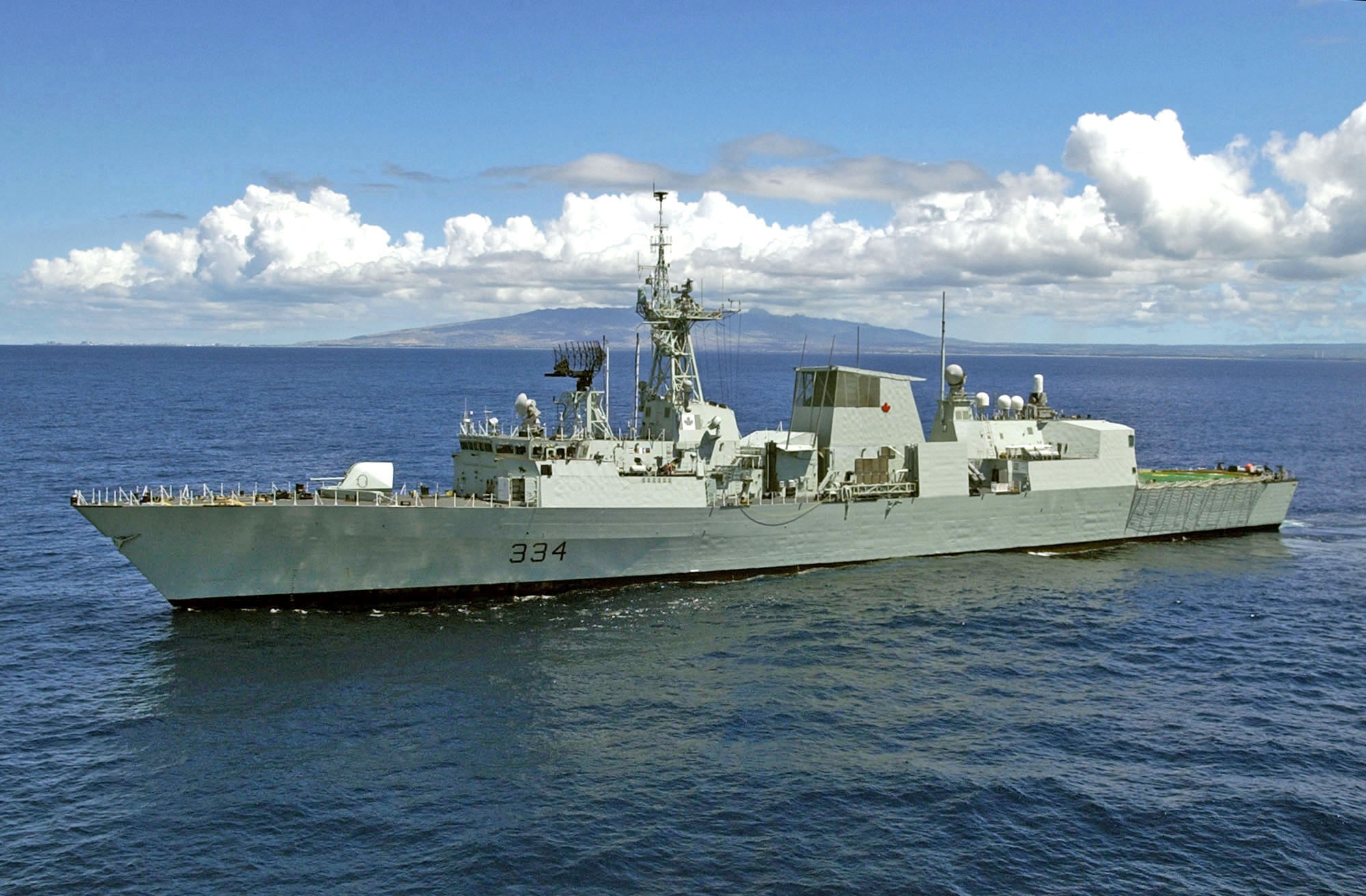
In response to the events in Ukraine and to deter Russia from engaging in brazen opportunism in Ukraine and elsewhere, NATO countries have deployed combat aircraft to the Baltic States, Poland and Romania. The rationale for such extra-ordinary action is not controversial, yet the scope and pace of this buildup is not sustainable. As such, this attempt to deter Russia is not necessarily the wisest means of doing so.
NATO’s Baltic Air Policing Mission began at the end of March 2004 following the entry of the three Baltic states (Estonia, Latvia and Lithuania) into NATO. Given that these states did not have any fighter aircraft of their own, other NATO members had to provide them with a minimal air intercept and policing capability. As such, the patrol included a minimum of four combat aircraft on quick reaction alert duty, providing 24/7 air intercept coverage all year round. Since 2004, fourteen NATO members have contributed aircraft to thirty-six deployments. Prior to the crisis in Ukraine, all patrols came from a single country. As the following table indicates, partner state participation is rather low. For example, Italy has one of the largest NATO air forces but has only made one deployment to the Baltic Patrol, and just one to another NATO air intercept and policing deployment in Iceland. Prior to the events in Ukraine, the United Kingdom only deployed once to the Baltic, although that country’s case is partially explained by its many overseas operations. Even so, when compared to France’s four deployments to the Baltic the United Kingdom’s contribution is unimpressive.
Participation in the Baltic Air Policing Mission
| Belgium | 3 |
| Czech Republic | 2 |
| Denmark | 3 (+1) |
| Germany | 6 |
| Netherlands | 1 |
| Norway | 2 |
| Poland | 5 |
| France | 4 |
| Portugal | 1 |
| Spain | 1 |
| Romania | 1 |
| Turkey | 1 |
| United Kingdom | 1 (+1) |
| United States | 4 |
| Figures in brackets indicate supplementary units sent due to the crisis in Ukraine. | |
Poland was slated to take up the mission starting on 28 April and devoted four Mig-29 aircraft for the deployment. The Ukraine crisis has resulted in an unprecedented buildup of NATO aircraft in the former Warsaw Pact area. The United Kingdom has deployed four Eurofighter Typhoon aircraft to Lithuania, France has deployed four Rafale aircraft to Poland, Denmark has deployed four F-16 aircraft to Estonia, Canada six F-18s to Romania, and the United States has supplemented the four F-15s it had assigned to a regular deployment of Baltic Air Policing with an additional six F-15s in Lithuania, and has also sent six F-16s to Poland. While this show of force is impressive, it is not sustainable. Sooner or later, each of the aforementioned states will begin to balk at the cost of forward deploying so many aircraft. Yet deterring Russia is not a short term endeavour. Given how long the current Ukrainian crisis has drawn out, it is not implausible to expect supplementary NATO fighter aircraft to remain forward deployed throughout much of 2014.
If NATO wants to make a credible display of its security commitment to its Baltic and Eastern European member states, then it should more wisely allocate its finite number of deployable aircraft and associated fiscal resources. Deployments should be tailored to ensure a medium-term commitment is fiscally and militarily viable. At present an excessively large number of aircraft are deployed. A total of 30 additional aircraft have been deployed, six in Romania and the rest in the Baltic region. It would have been more prudent to reduce the number of supplementary aircraft deployed at once in order to ensure that a significant number of supplementary aircraft, such as two flights of 4 aircraft, be maintained for a longer period of time.
If a military alliance like NATO is to function effectively, resources pooled for common purpose must be allocated efficiently. In its current form, NATO posturing in the Baltic and Romania is simultaneously excessive given the realities of the Russian threat and the realities of the fiscal state of European NATO members. At the same time, NATO finds itself in a quandary that it has created for itself. Its inefficient allocation of finite numbers of deployable aircraft may force it to drastically cut down on the number of aircraft forward deployed, demonstrating that its whole endeavour was for show and not a renewed medium-term commitment to NATOs Baltic and Eastern European members. That quandary has already begun to manifest itself with the withdrawal of the ten United States F-15 aircraft on May 14.




